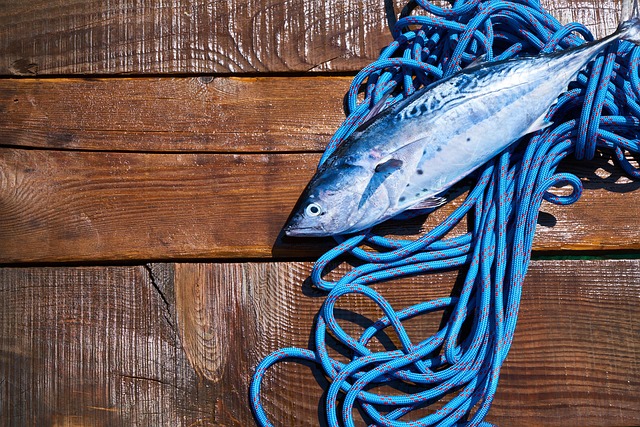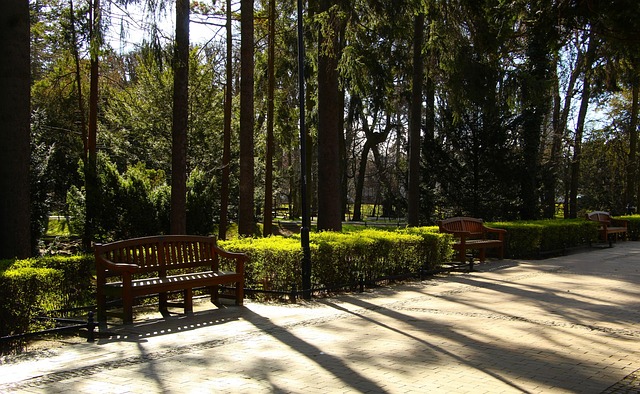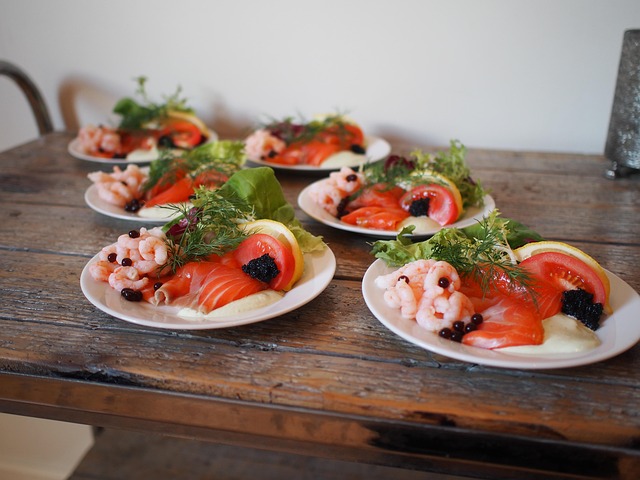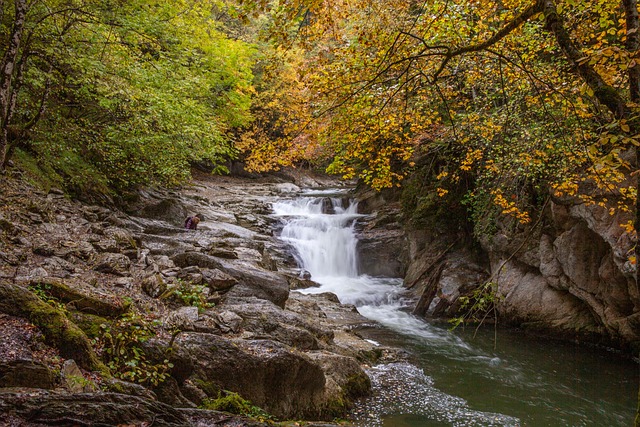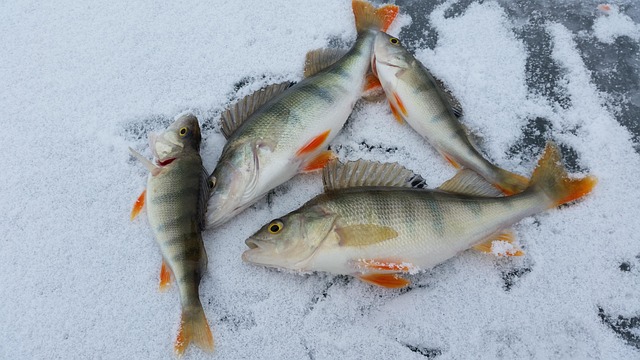Lane County, Oregon, boasts a centuries-old tradition of salmon fishing, blending Indigenous wisdom and European settler influences. Local anglers employ timeless techniques like drift fishing and dip nets, using spin rods, lures, and hand-cast nets. Modern fishers in Lane County revive ancient practices while adopting sustainable gear and methods, ensuring the county's rich fishing legacy for future generations.
In the heart of Oregon, Lane County boasts a rich heritage tied to its vibrant salmon fishing traditions. This article delves into the historical and cultural significance of salmon fishing in the region, exploring the evolution of techniques from the past to present day. We uncover traditional gear and methodologies that have stood the test of time and highlight the modern revitalization efforts, showcasing the enduring allure of Lane County’s salmon fishing heritage. Discover the unique blend of history and innovation in these proven lane county salmon fishing techniques.
- A Historical Look at Lane County's Salmon Fishing Heritage
- Traditional Techniques: From Gear to Methodologies
- The Modern Revitalization of Lane County Salmon Fishing Traditions
A Historical Look at Lane County's Salmon Fishing Heritage
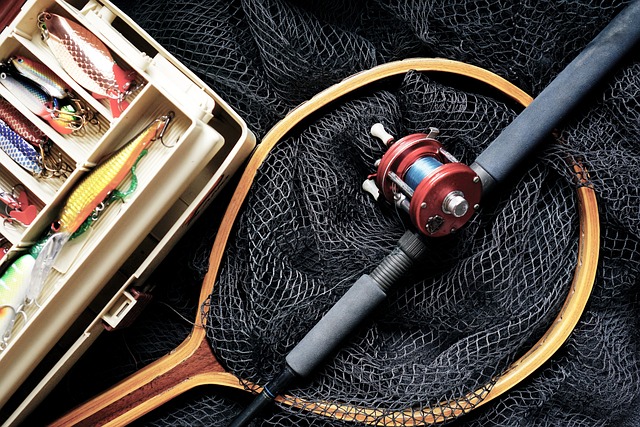
Lane County, Oregon, boasts a rich history when it comes to salmon fishing traditions, dating back centuries. Indigenous peoples have relied on the abundant salmon runs as a vital food source and cultural cornerstone for countless generations. Their unique understanding of river systems and fish behavior laid the foundation for what would become a thriving commercial and recreational industry.
European settlers in the 19th century were captivated by the vast numbers of salmon teeming in Lane County’s rivers, leading to the establishment of several fishing villages and canneries. These early settlers adopted and adapted traditional Indigenous techniques, such as drift fishing with gill nets and dip nets, refining them over time. The county’s reputation for exceptional salmon fishing grew, attracting anglers from across the nation who sought to experience the legendary runs themselves. Today, Lane County continues to honor its historical connection to the sea, preserving these timeless salmon fishing traditions while also embracing modern practices to ensure the sustainability of these precious resources.
Traditional Techniques: From Gear to Methodologies

In Lane County, salmon fishing is more than just a sport; it’s a cherished tradition passed down through generations. The county’s rich history in salmon fishing has cultivated unique techniques that have evolved over time. Local anglers often rely on traditional gear such as spin and fly rods, bait and lures, and hand-cast nets, each with its own nuanced use. One of the most enduring methods is drift fishing, where anglers use a current to carry their boats and lines along the river, allowing them to cover more ground while targeting eager salmon.
These techniques aren’t just about equipment; they involve deep knowledge of local rivers and streams. Anglers time their outings with the seasonal run of salmon, knowing when and where the fish will be most abundant. They also employ specific methodologies like deadbaits, jigs, and fly fishing with dry flies or wet lines, each designed to entice different species of salmon. This blend of traditional gear and methodologies ensures that Lane County’s salmon fishing remains a vibrant and respected tradition.
The Modern Revitalization of Lane County Salmon Fishing Traditions
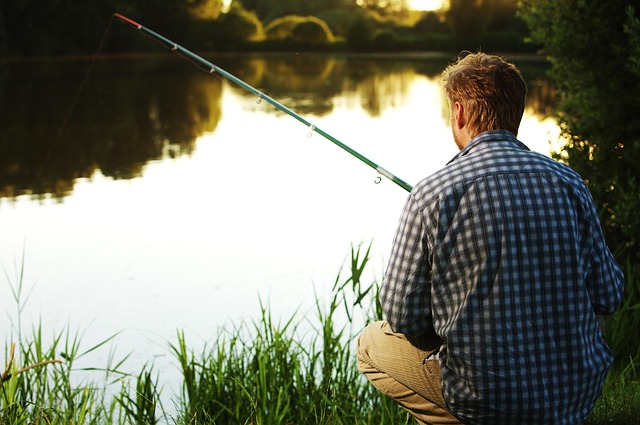
In recent years, there’s been a remarkable revival of Lane County’s rich salmon fishing traditions. Modern anglers are rediscovering ancient methods and adapting them to contemporary practices, fostering a deeper connection with the land and water. This resurgence is driven by a passion for preserving local heritage while enjoying the enduring allure of salmon fishing. By combining traditional knowledge with sustainable techniques, today’s fishers are not only securing a future for these practices but also enriching their experiences on the waters.
Lane County’s salmon fishing traditions have evolved over centuries, shaped by the region’s geography and the abundant life within its rivers. Modern anglers are carrying on this legacy, utilizing advanced gear while respecting environmental stewardship. They employ various techniques honed through experience and passed down through generations, such as fly-fishing, spin casting, and drift fishing, each tailored to the unique behaviors of local salmon populations. This commitment to mastering Lane County salmon fishing techniques ensures that these time-honored traditions remain vibrant for future generations.

